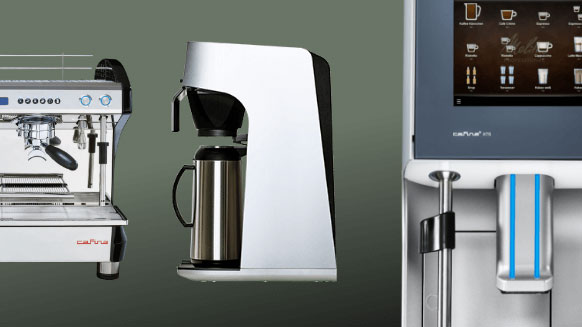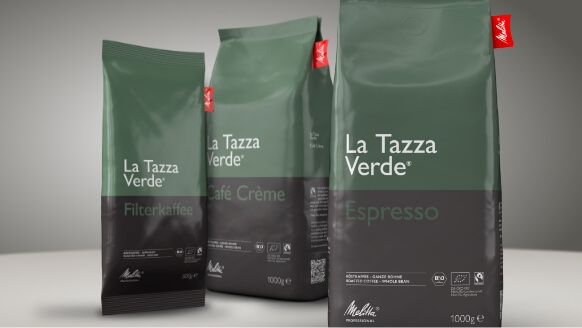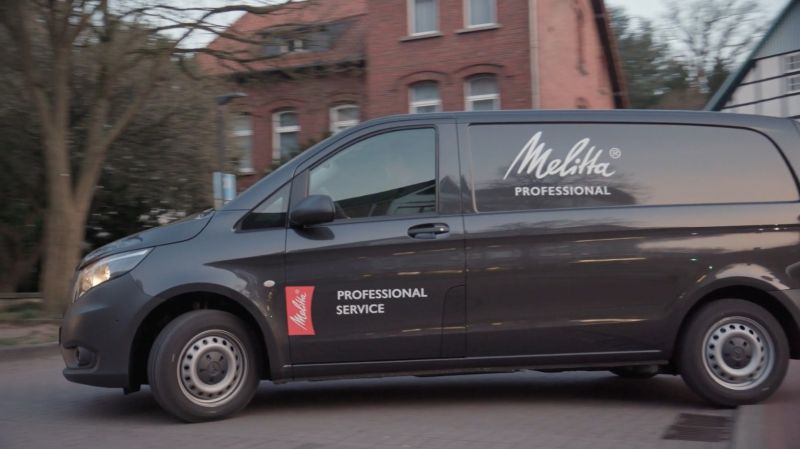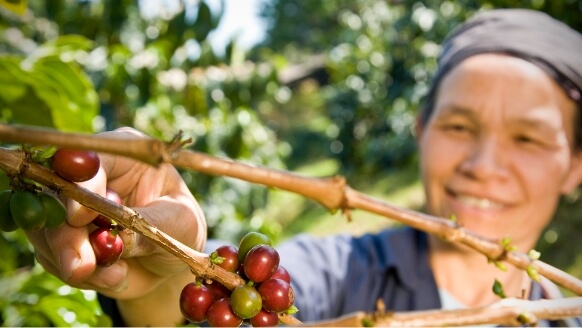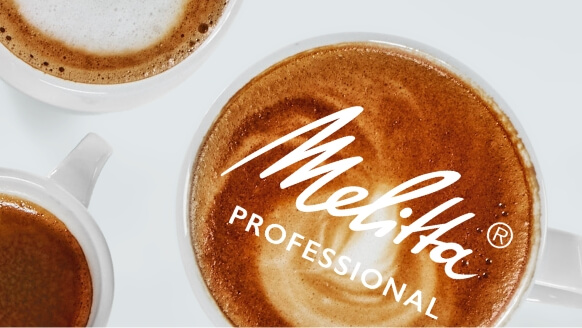Coffee drinks as USP – about specialty coffees and coffee specialties
Every catering establishment offers coffee beverages – mostly as specialty coffees or coffee specialties. Yet the only special thing about them is often their exceptionally high and completely unjustified price considering their quality.
Specialty coffee: no clear definition
Perhaps we first need to clarify the terms being used. Specialty coffee refers to the beans, i.e. the quality of the green beans and their subsequent roasting. Although there is no precise definition, we can assume that specialty coffees use raw materials (raw coffee) that are far above the industry standard and which were also roasted with particular care – using low temperatures in the drum roasting process and cooled without the addition of water (“quenching”). The roasting profiles were adapted to the sugar content of the beans and the residual moisture in order to obtain an individual flavor profile which corresponds to the coffee. The raw coffee beans were rigorously checked for defects, processed very carefully, and are mostly “single origins” (i.e. from a single country or region), “single estate” (from a single coffee farm) or even “single terrace” (from a single plot with one variety and one preparation method).
Coffee specialties are coffee beverages that have been prepared with particular care and skill. Ideally they are served by a trained barista using a specialty coffee. Coffee specialties therefore include all coffee beverages that meet particularly high standards with respect to both the raw material and the preparation.
Adapting coffee specialties to the overall menu
A coffee specialty can therefore be any coffee beverage – from filter coffee, to café crème, espresso and the espresso-based drinks (cappuccino, latte macchiato, flat white, …). So why not offer coffee specialties and adapt them to the meals and other drinks which are currently on the menu, or to the current season – rather than just at random.
Every restaurant owner knows that there are connections between the concept, the food and drinks, and the seasons – why should this be any different for coffee?
In the warm and hot months, more white wine is consumed than during the cooler months – when red wine is generally preferred. Similarly, more gin and tonic is consumed in the summer, while winter is dominated more by whiskeys. The same applies to coffee – only no one thinks about it.
Spicier in winter
Winter is the time for spicy coffees, darker roasts, and more intense aromas. High-quality, full-bodied canephoras with their nutty, chocolaty aromas and tones of popcorn and cereals, elegantly combined with fruity and berry-tasting, highly sweet S795 or old tipica coffees are simply a dream. Preferably roasted in espresso style and perfectly prepared as an elegant cappuccino with fresh whole milk. Perfect.
Or in summer, a cold brew made from fruity bourbon coffees from highland terroirs in Latin America with their fresh citrus notes and subtle caramel nuances. The whole thing served, for example, in a glass with ice cubes and lemon or orange zest – or alternatively with milk to bring out the caramel notes, or with a dash of tonic to create a “cold brew tonic”. In no time, the menu could be transformed with completely new products generating higher sales.
You can find out more about specialty coffees and coffee specialties at our workshops (www.coffee-consulate.com). We look forward to welcoming you!
